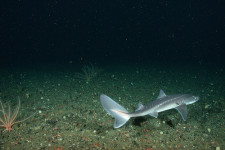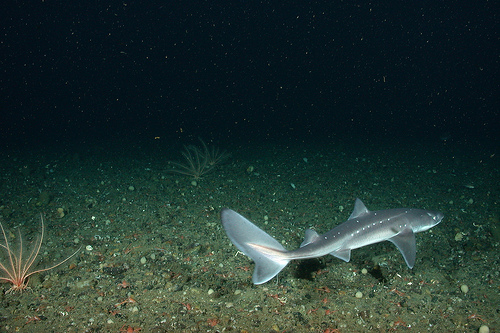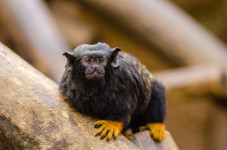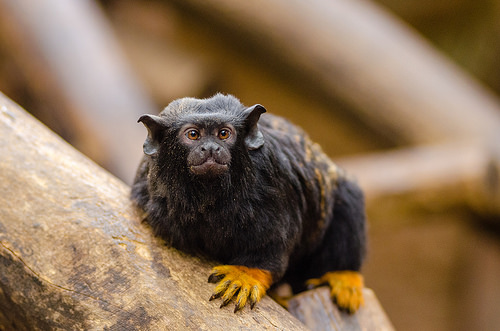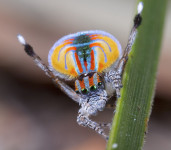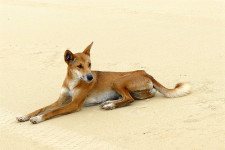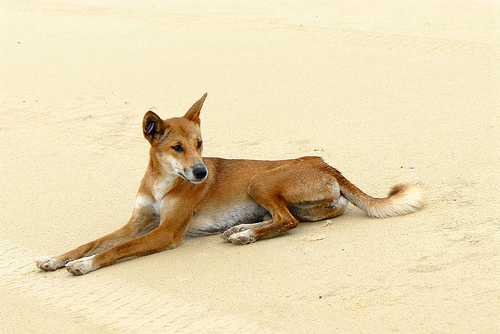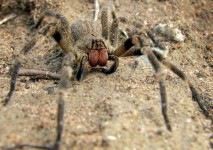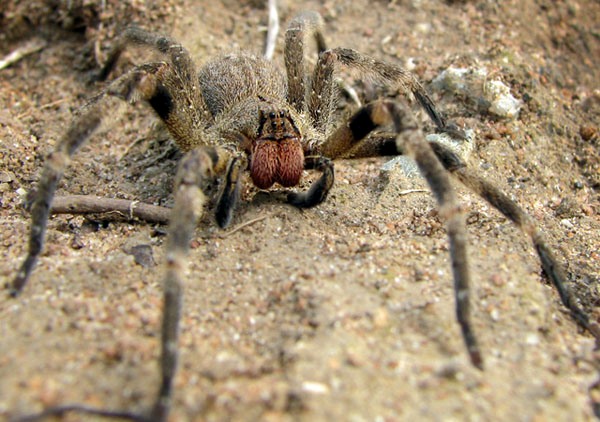
Spectacled bears are a spectacular species of bear.
- Spectacled bears are a species of medium-sized bear, native to north-western South America, and they are the only extant bear of the continent.
- ‘Spectacled bears’ are also known as ‘Andean short-faced bears’ and ‘Andean bears’; and their common name refers to the spectacle like fur patterns that often occur around their eyes.
- The scientific name of the spectacled bear is Tremarctos ornatus and it is from the family Ursidae, the family of bears.
- Spectacled bears generally grow to be 1.3 to 2 metres (4.3 to 6.6 feet) in length and 60 to 200 kilograms (132 to 441 pounds) in weight.
- The hair of spectacled bears is mostly a black colour, although sometimes it can tend towards brown; with white to beige facial, and sometimes chest, patterns, that vary among the individual bears.
Spectacled Bear
Image courtesy of Nathan Bittinger/Flickr
- The diet of spectacled bears consists of a variety of vegetation including various leaf types and bark, as well as bromeliads, bamboo, fruit, and honey, and the occasional bird, insect or small mammal.
- Spectacled bears generally reside in trees, and as such are skillful climbers; and they often create platforms in the trees to rest on and forage from.
- Spectacled bears are listed as vulnerable due to significant habitat loss, as well as poaching, and some bears are killed simply because they interfere with human activities.
- A female spectacled bear may give birth to one to four cubs in a season, which become independent within a year, and they are cared for by their mother until that time.
- Spectacled bears have an average lifespan of 20 years in their natural habitat, however individuals in captivity can survive until almost 37 years of age.
Bibliography:
Fenner K, Tremarctos ornatus, 2012, Animal Diversity Web, http://animaldiversity.org/accounts/Tremarctos_ornatus/
Spectacled Bear, 2016, A-Z Animals, http://a-z-animals.com/animals/spectacled-bear/
Spectacled Bear, 2016, Wikipedia, https://en.wikipedia.org/wiki/Spectacled_bear






